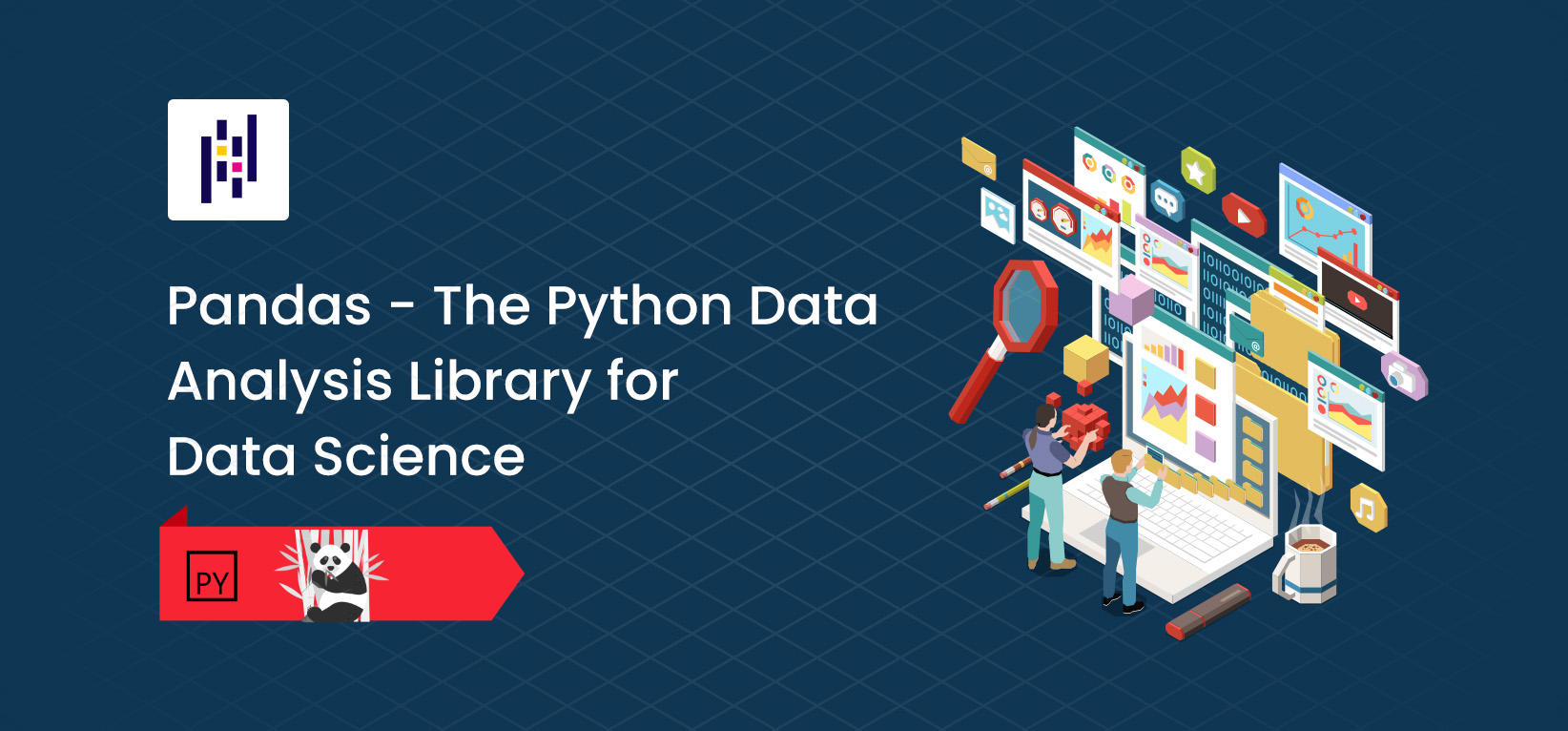Short Introduction to the Pandas Library
Pandas is a powerful and versatile open-source data analysis and manipulation library in Python. It provides data structures like DataFrame and Series, which allow users to easily handle structured data, such as tables or time series. Pandas is particularly useful in data cleaning, preparation, and analysis tasks, making it a go-to tool for data scientists, analysts, and developers.
Key Features of Pandas:
1. DataFrame and Series: A DataFrame is a 2-dimensional labeled data structure, much like an Excel table, where data is arranged in rows and columns. A Series, on the other hand, is a 1-dimensional array that holds data and an associated index.
2. Handling Missing Data: Pandas provides intuitive methods to handle missing data, such as filling in missing values or dropping rows or columns with missing entries.
3. Data Filtering: It allows users to filter and select data easily using labels or conditional operations.
4. Data Manipulation: The library supports merging, joining, reshaping, and pivoting datasets to get them into the required structure.
5. Integration with Other Libraries: Pandas works seamlessly with other libraries like NumPy, Matplotlib, and Seaborn, making it an essential part of the Python data science ecosystem.
Pandas simplifies the process of working with data by providing high-level data structures and functions designed to make data analysis faster and easier. Whether you're dealing with a large dataset or need to manipulate smaller amounts of data efficiently, Pandas offers the tools you need.
Question:
1. What are the two main data structures in Pandas, and how do they differ?
2. How does Pandas handle missing data in a dataset?
3. What function can be used to filter data based on specific conditions in a Pandas DataFrame?
4. Can Pandas be integrated with other Python libraries? If so, name a few.
5. What is the purpose of the pd.DataFrame() function in the example code?
Atharv Gujare
Batch Number: Batch-13


